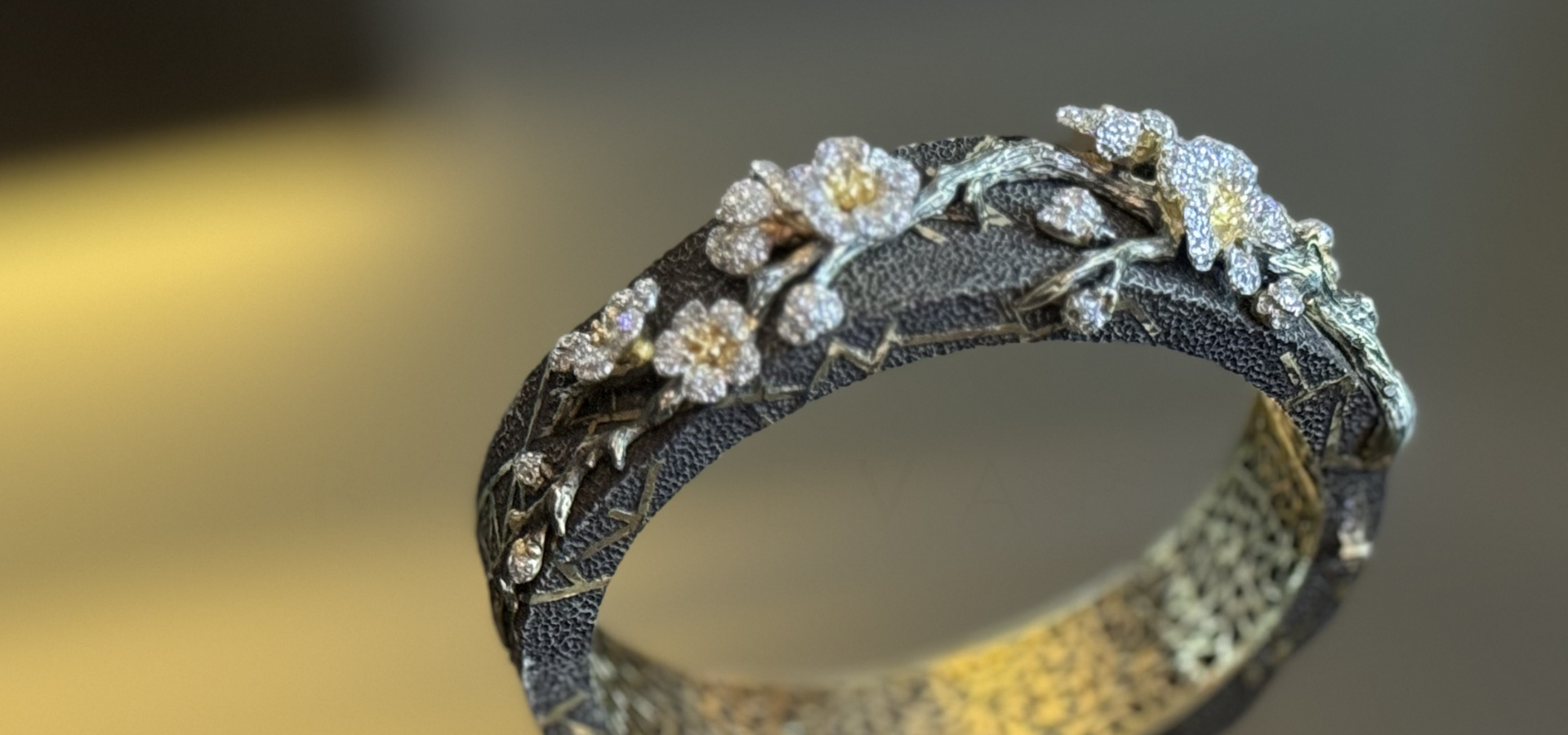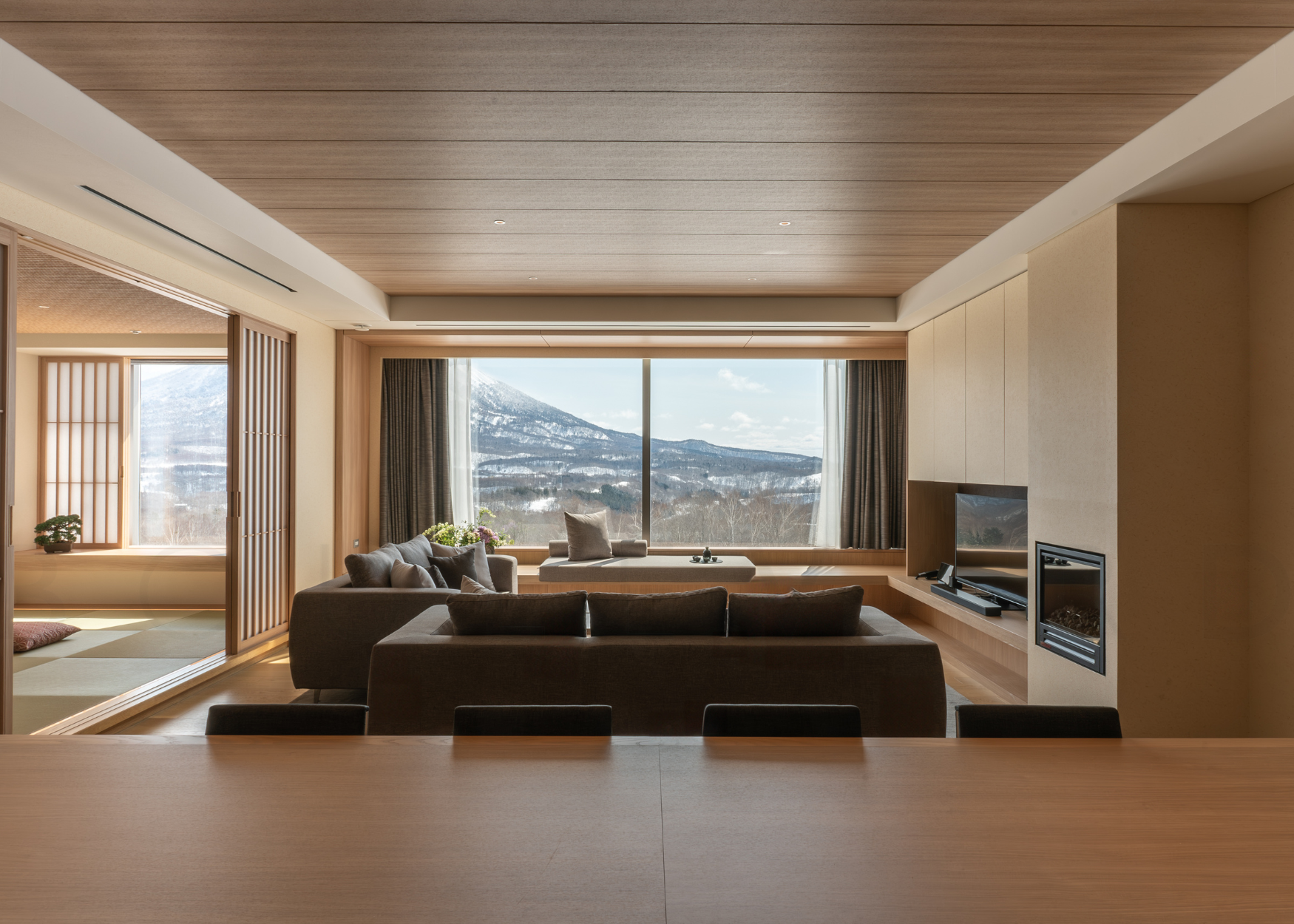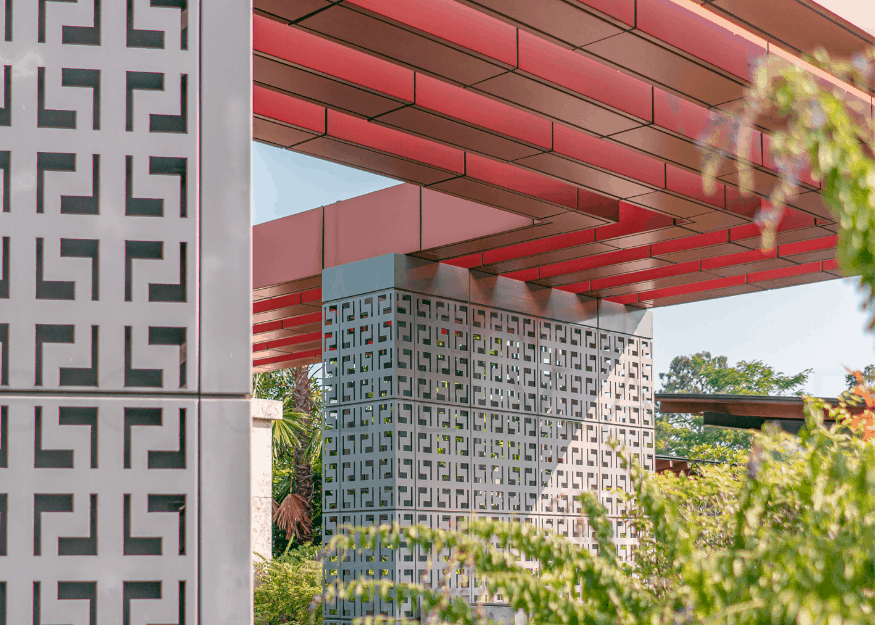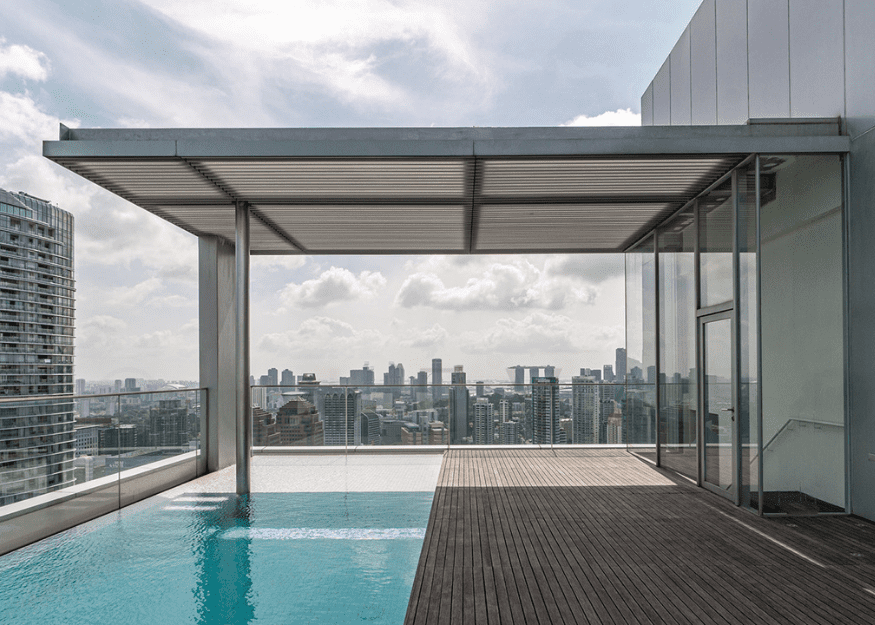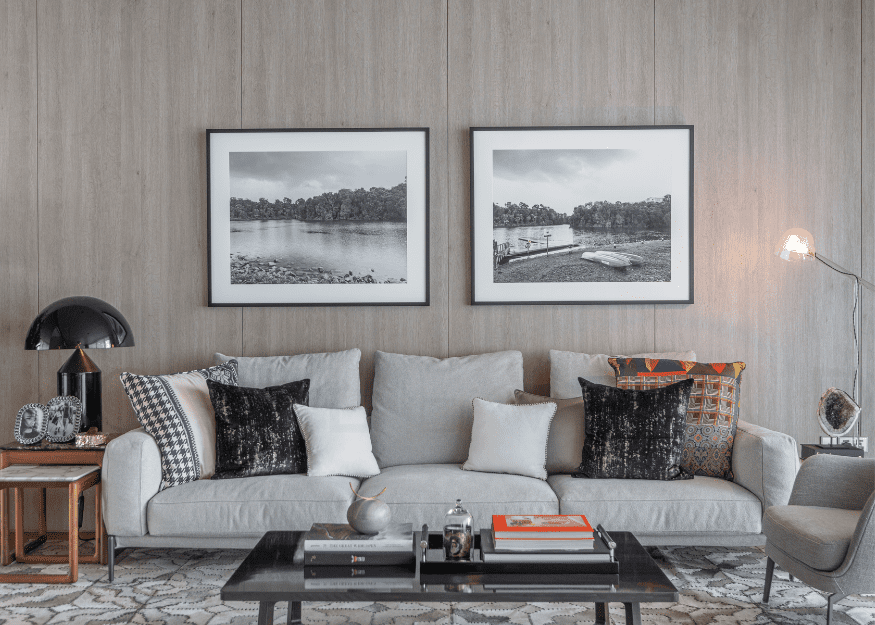The interview: Dickson Yewn, jewellery artist, on defining luxury, Chinese history and inspiration in his work
Dickson Yewn has become a leading contemporary jewellery designer over the years. Deeply inspired by Chinese history, antiques and culture, the jewellery artist’s unique expressions make use of a wide range of gemstones, pigments and wood. Here, the designer talks us through finding sources of inspiration, his polymathic approach to jewellery art and living as a literatist.
Boulevard: Where’s the intersection for you between drinks, luxury, hospitality, fashion and jewellery?
Dickson Yewn: None of my inspiration comes from the jewellery world. I only use jewellery art as my medium of expression, to write about the history of the material culture of China. My works are inspired by the real estate of the past, including my ancestral home in China. I don’t think many of the items we use in the modern day will become antiques in the future. But jewellery art is something that can endure.
I’ve seen many Chinoiserie works that take the dragon and the roof. I tried to design without all this symbolism. My latest collection is a ‘Literati’ collection. There’s no single feature where you can see any Chinese symbols on it. Yet, when you look at it, it’s totally Chinese. A successful design or piece of art doesn’t need logos on it. You don’t need to put Mao’s head or a dragon or a tiger on things. It’s built into the DNA.
Blvd: So in a world of saturation and cliché, how do you reach something deeper in your expressions?
Yewn: There’s always something deeper. In the modern design and artistic world, people like to categorise, to label or specialise. Before, the artists in China were multi-talented. So the problem with artists now is that they go, ‘Oh, I want to be an artist.’ So they train only in art school. I actually employ the old mentality – I study everything. I was brought up in art, but I’ve been interested in literature all my life. I just finished my master’s degree in Global China Studies, and I’m going to do my doctorate.
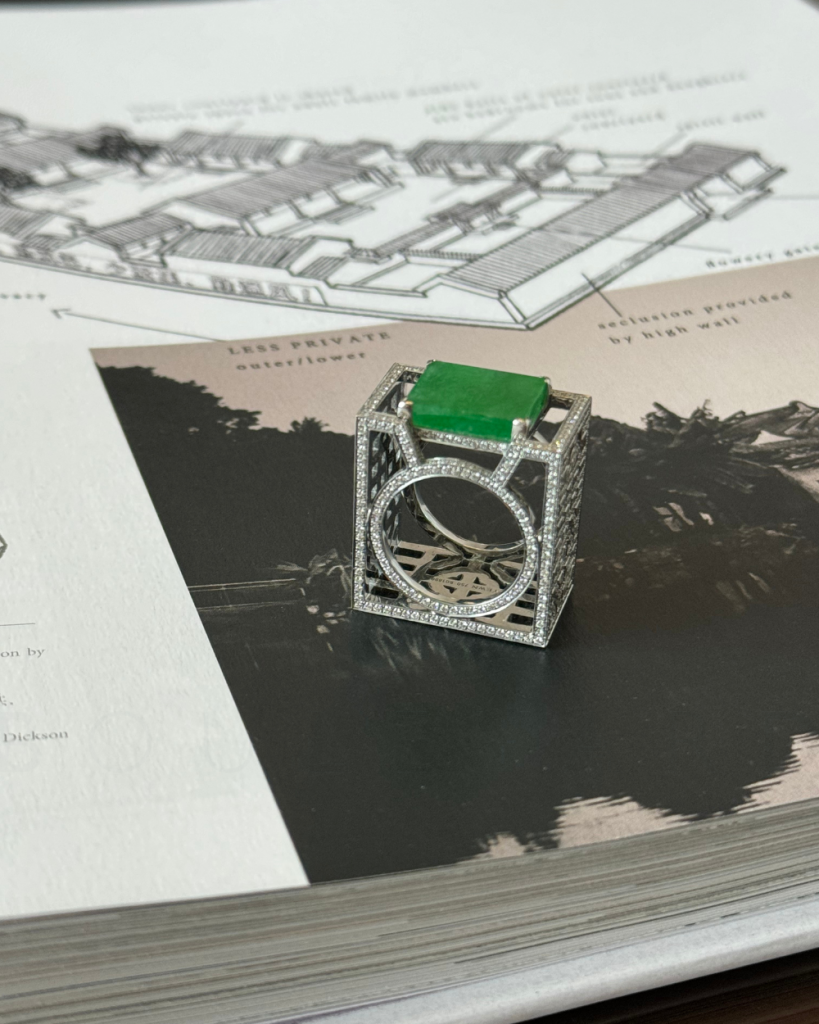
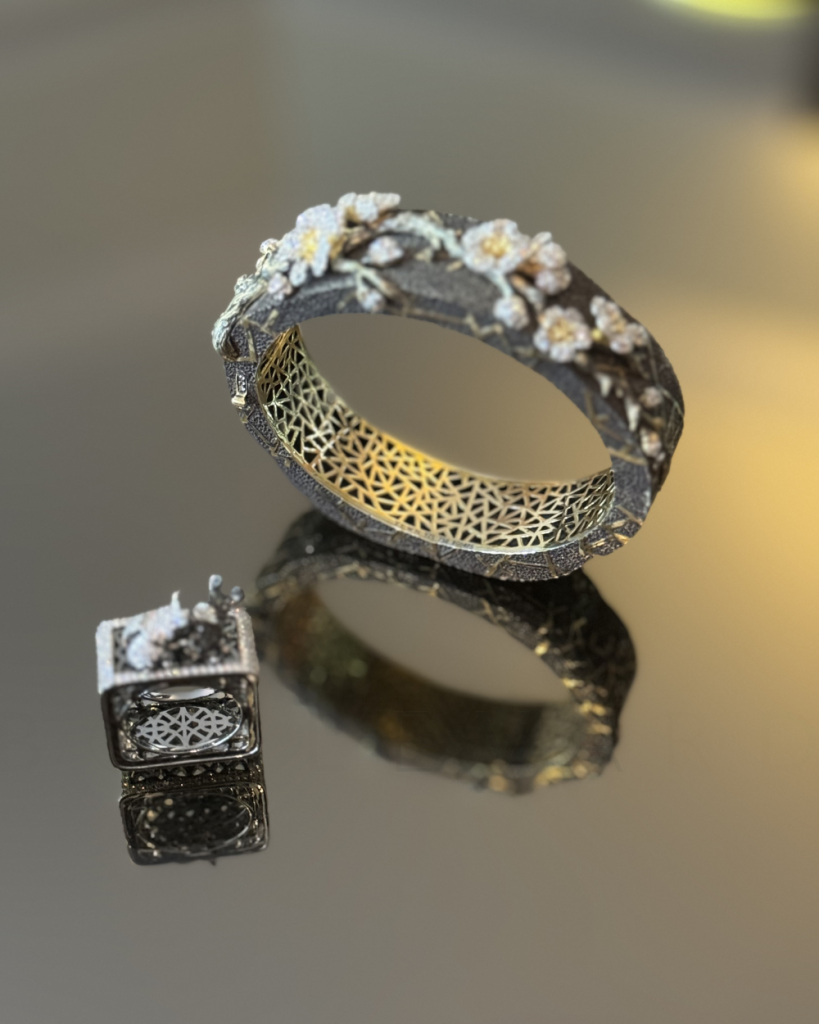
Blvd: How does your polymathic approach carry over to jewellery art or your choice of stones?
Yewn: When you look at my work, rarely do you find a centred stone, which is something I consciously try to avoid. I want to be able to honour the Chinese aesthetics that I’m trying to bring back. Chinese aesthetics are about asymmetry. Symmetry is an illusion: It doesn’t exist – nothing is symmetrical in the world. Even if you break it down to the smallest particle, nothing is ever a perfect circle.
When you are in balance, nothing moves; things can only move when there’s imbalance. The world doesn’t turn when it’s in balance. My PhD topic, for instance, is going to be on the practicality of Dao De Jing. There are at least 10 chapters that spoke to the Dao De Jing inner alchemy. That’s what I’ve been practising.
Blvd: If you weren’t doing jewellery, what would you be doing?
Yewn: I never call myself a jeweller! I don’t care what other people call me, but I always say I’m a ‘contemporary ‘literatist’. So, a literatist doesn’t have a boundary. A literatist doesn’t have any label on him. While being a ‘literatist’ is a label by itself, it doesn’t stop me from doing anything.
My original first love was film. I actually worked in art direction for seven or eight years. But then, I became disillusioned because I didn’t think it fit my personality during my twenties.
My second choice would be fine arts. But I thought I wasn’t good enough. My photography was good. My conceptual photography was good. But it was the 90s, and the only photographers who made a good living in the ‘90s were fashion photographers. I actually did work for Vogue for a little bit – my job was to deliver the negatives.
Blvd: Where do you start when you’re coming up with a concept for a new piece or collection?
Yewn: There’s no starting point. The starting point is from when I’m born. I think it’s a whole journey.
My inspiration is very simple. Most of my inspirations come directly from Chinese antiques. You have to know the parts in order to create something new. My inspiration is anything but jewellery.
Blvd: Apart from antiques, what do you like to collect?
Yewn: I collect contemporary art, too. I collect a lot of young artists. In my line of work, I need to have an art gallery. Because I’m one of the only jewellery artists today who is allowed to exhibit in contemporary art. Usually, you don’t find jewellery in contemporary art. I exhibited at the Art Central during the Art Basel Week. Later this year, I’ll be exhibiting at Art Miami. This is why it’s hard to categorise me as a jewellery designer, because I exhibit contemporary art.
Blvd: Thinking about your collectors, do you feel that they collect your works because of your status as a celebrated jewellery maker?
Yewn: I don’t care what they think as long as they like it! If I cared so much about what other people think, I’d be really busy. The important thing is not to care about what people think. That’s the advantage of being labelled as an artist. It’s the licence of not having to care about what people think.
Although, as designers, you have to care about what other people think. I think that’s one way we can distinguish the two. A designer has to 100% care about what the customer wants, and artists just don’t care.
Blvd: The word ‘luxury’ is thrown around endlessly these days. So what does quiet luxury mean to you? Where do you find genuine luxury in life?
Yewn: Quiet luxury is very trendy now in China. It’s also known as inconspicuous spending. But my idea of luxury is simply going to a Taoist sanctuary in China – to do my own inner alchemy for a couple of days.
If it’s about materials then, of course, the ultimate luxury is a nice property. Without the right property, there will be nothing right under the roof. That’s why a lot of Chinese culture hasn’t survived. Because most Chinese architecture is made of wood. So that meant that these structures weren’t intended to live very long.
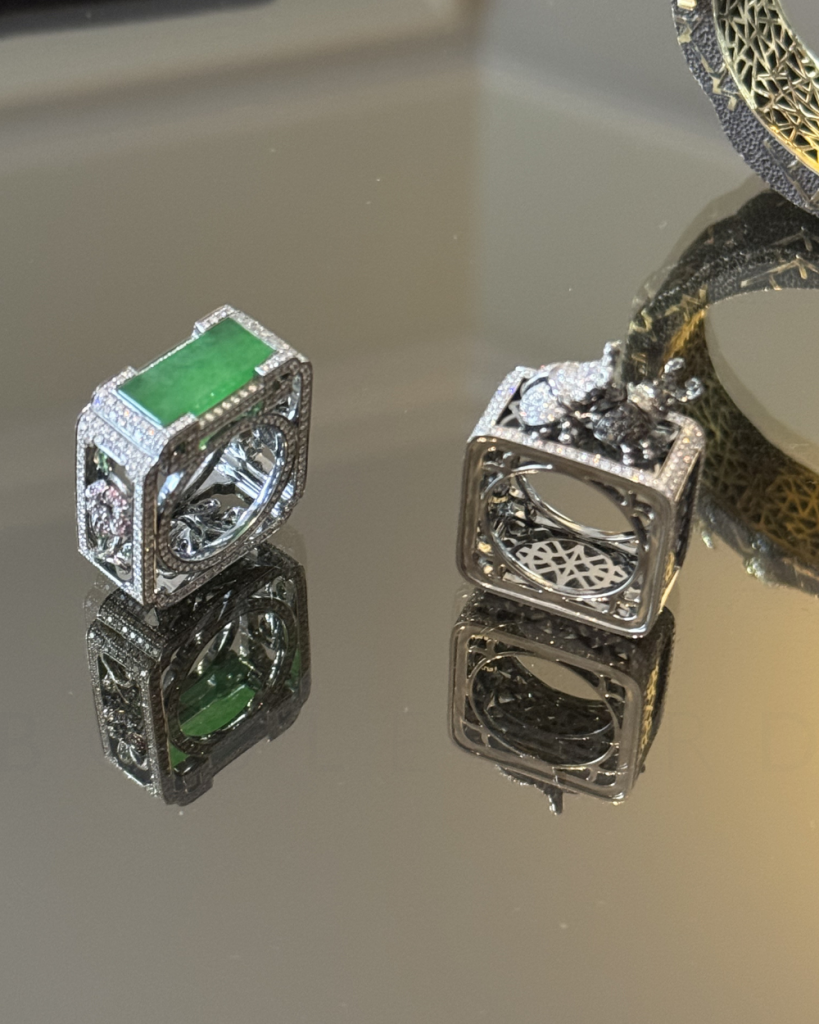
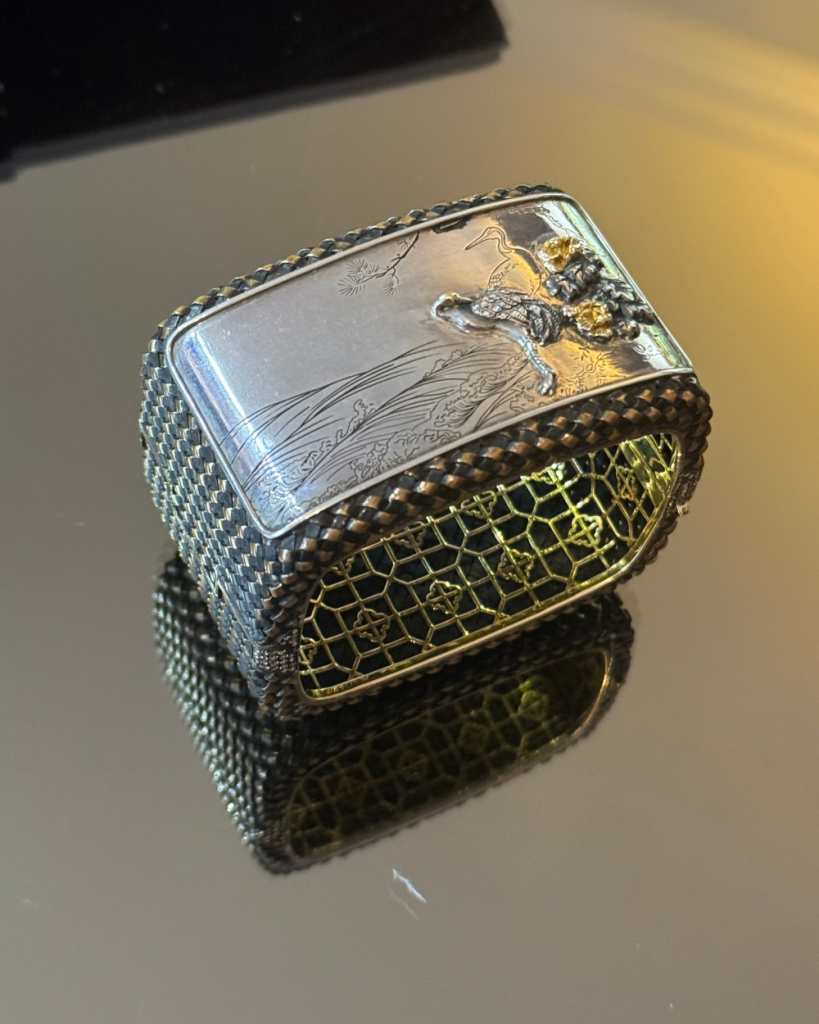
China still has the oldest wood structures, going back to the sixth century. There may be five to ten of them that survived. Whereas in the West, most of the architecture is in stone and bricks. That’s why they survived.
Blvd: Are there any particular techniques that you employ when you create your pieces?
Yewn: I employ a lot of old techniques into my work. For example, I employ gold inlay, which is a 2,500-year-old technique. Here, we inlay the gold into silver. Before, they inlaid gold into bronze, much like how Japanese swords were made.
I also like to use materials that are not traditionally used in jewellery. Like carbon fibre and types of wood that aren’t used in jewellery much.
A lot of times when people look at my work, it looks familiar. This is why I never take inspiration from jewellery. My work is like a piece of furniture taking a second life as jewellery. Or maybe like a person reincarnated into a ring.
